Wear OS Weekly
My new weekly column focuses on the state of Wear OS, from new developments and updates to the most recent apps and options we wish to spotlight.
Wear OS watch manufacturers have gotten the memo: People need their smartwatches to deal with well being and health as a lot as smarts and apps. Pixel and Galaxy Watches have turn into extra aggressive by copying health manufacturers like Garmin (or utilizing methods acquired from different firms like Fitbit). But they nonetheless have a methods to go.
Before I turned the Wearables lead for Android Central, I most well-liked health watches to conventional smartwatches, significantly Garmin watches. Now I’m focusing extra closely on Wear OS watches, which have perks Garmin cannot provide. However, I additionally missed loads of area of interest health instruments and longer battery life once I switched to Wear OS — issues that each critical athletes and “common” individuals take note of once they select their subsequent watch.
I spoke to my colleagues Derrek Lee, Andrew Myrick, and Jerry Hildenbrand, who’ve all used each Wear OS watches and Garmin watches, to determine what Wear OS ought to borrow from Garmin to turn into even higher. Here’s what we collectively got here up with.
Dynamic coaching programs
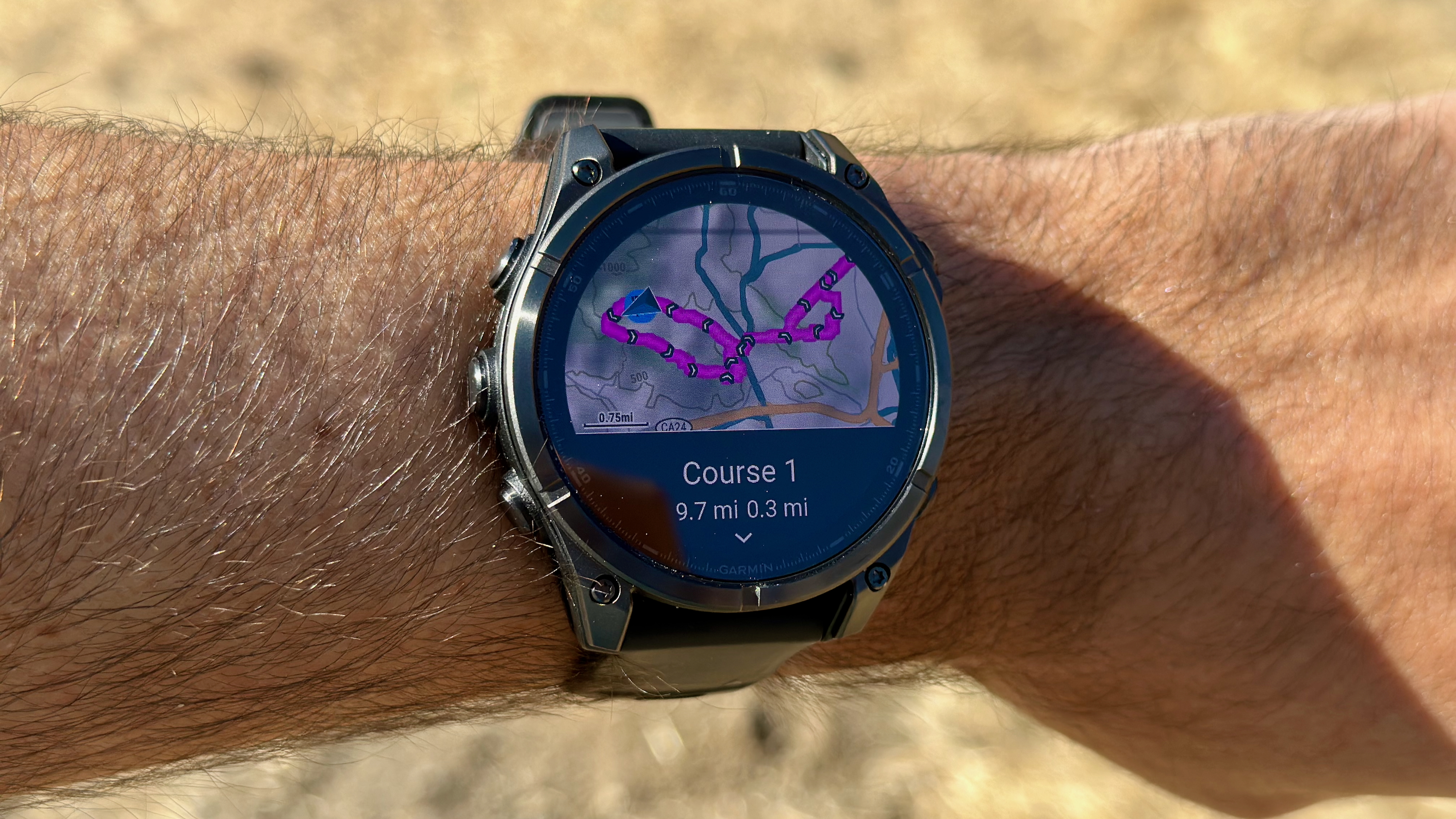
Google Maps is likely one of the finest instruments on Wear OS, particularly now that it has offline maps. But what it lacks are offline, downloadable programs so that you can generate and comply with for runs, hikes, and rides; you possibly can solely comply with GPX maps utilizing a few third-party apps.
With Garmin, you possibly can obtain GPX recordsdata from apps like Strava to comply with, with on-wrist turn-by-turn navigation and upcoming forks on trails. Or, with the “Create Course” device, you drop a map pin, select a distance and beginning course, and obtain an automated course that avoids inaccessible roads and makes use of the “Garmin Connect Trendline Popularity Routing function to generate a course primarily based on standard routes.” Then you ship it to your watch.
I’ve to imagine that Google may provide higher routes or heatmaps with its worldwide Maps knowledge for pedestrians, the identical approach it exhibits real-time visitors for commuters. Now that Google Maps is including Gemini AI, it ought to solely get smarter over time at determining one of the best routes. I may even envision a Google Courses spin-off app of Maps that lets individuals create and share their favourite routes, tagging them for good hills or surroundings. Then you might obtain and comply with them in your Wear OS watch and compete in opposition to different runners’ phase instances like you possibly can on Strava. Make it occur, Google!
As a aspect observe, as soon as Wear OS helps correct programs, it must also add the equal of Garmin’s ClimbPro widget for runners and cyclists, exhibiting the grade, distance, and whole variety of climbs left for a tough path.
Better pairing with equipment
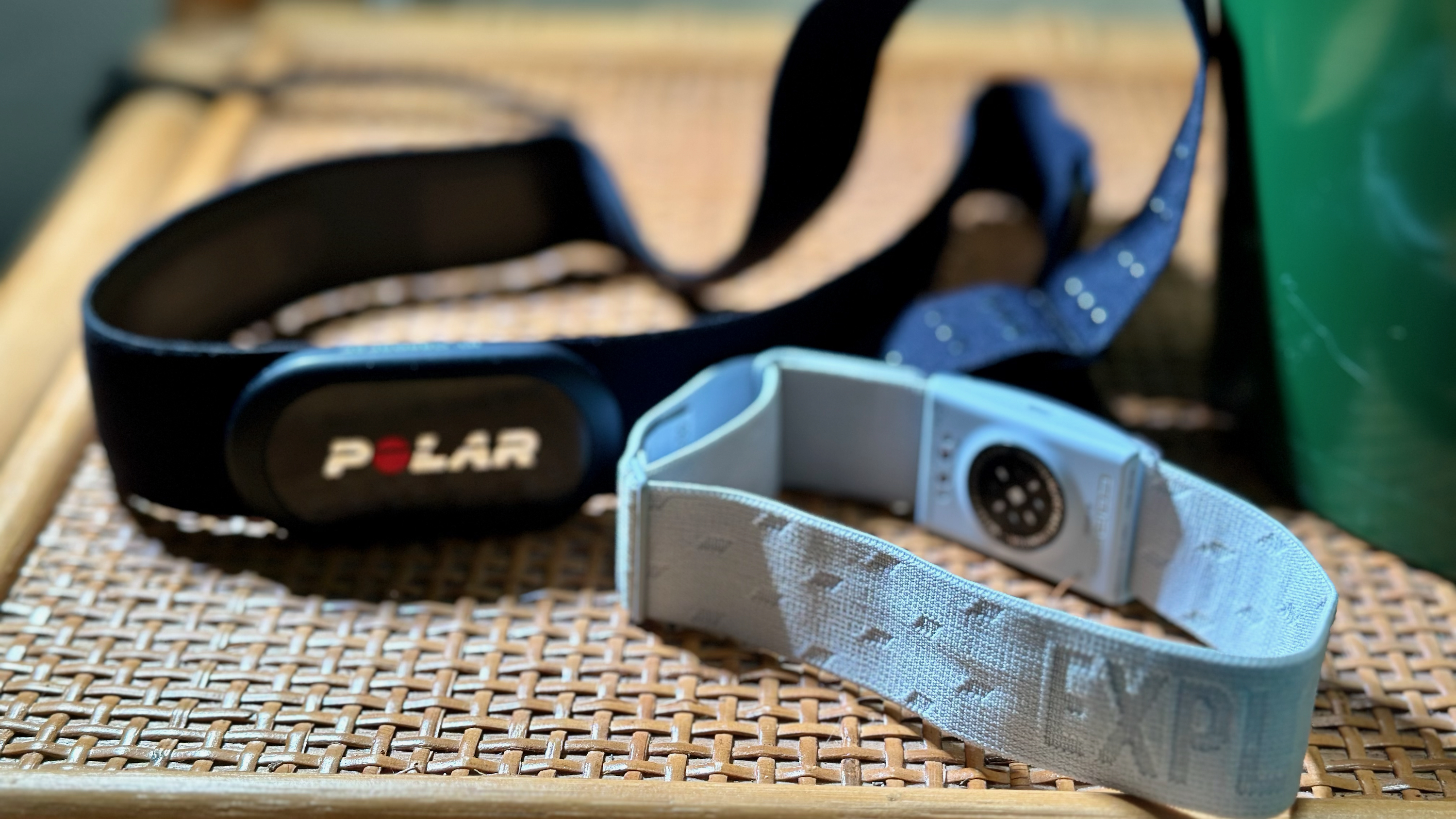
Wear OS would not play good with Bluetooth equipment apart from wi-fi earbuds and some train tools machines. Any athlete who prefers the accuracy of an ECG chest strap or an optical armband is out of luck, aside from some area of interest Wear OS apps with the aptitude; the identical goes for area of interest instruments like temperature sensors or type evaluation pods.
The actual downside is for critical biking or MTB, although. Unlike Garmin, you possibly can’t join your energy meters or pace/ cadence sensors to see key knowledge in your watch face throughout actions. Since these watches have the most recent Bluetooth normal, this looks like an overdue no-brainer for Google.
Cater to greater than runners
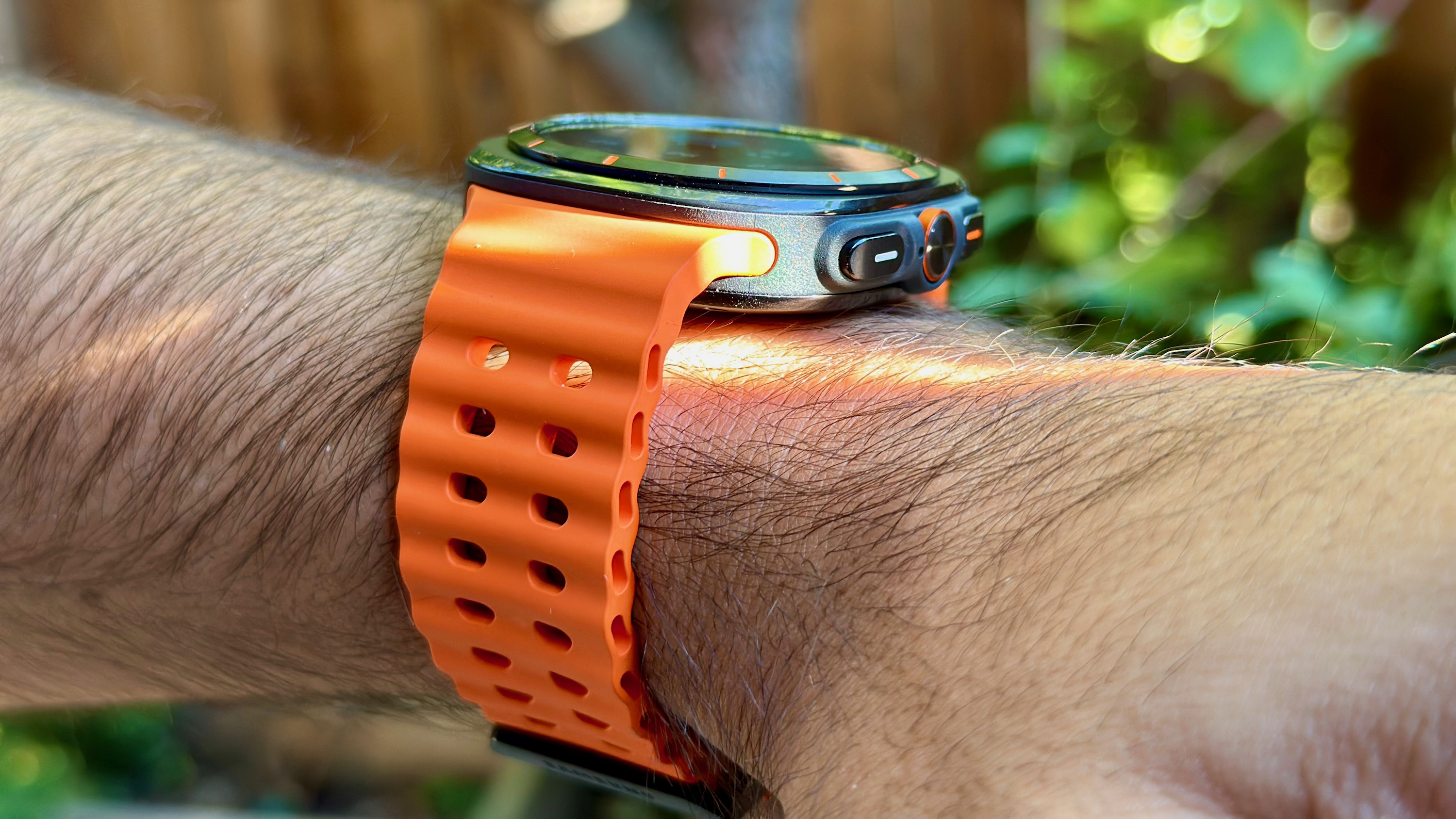
Garmin has specialised software program for area of interest sports activities, from golf swing teaching and browsing wave monitoring to ski maps and oxygen monitoring for diving. That’s lots to ask for with normal Wear OS watches, however “premium” watches just like the Galaxy Watch Ultra have to develop in these areas to draw superusers.
My gym-loving coworkers, in the meantime, dislike how fundamental Wear OS is for energy coaching. The Galaxy Watch can rely reps considerably decently for a number of fundamental routines, whereas the Pixel Watch has nothing however energy and time. The newer Garmin watches have nice rep-counting accuracy for over 1,000 workout routines and even routinely enter relaxation between units with out enter.
Garmin additionally exhibits animated steering for correct type, muscle maps for every train’s impression, and a brand new Garmin Coach plan for energy coaching on the Fenix 8, supplying you with weeks of routines that modify primarily based in your talents. Wear OS has loads of room to develop, in different phrases, and it is a rather more frequent use case that lots of people would admire.
And sure, make the operating even higher
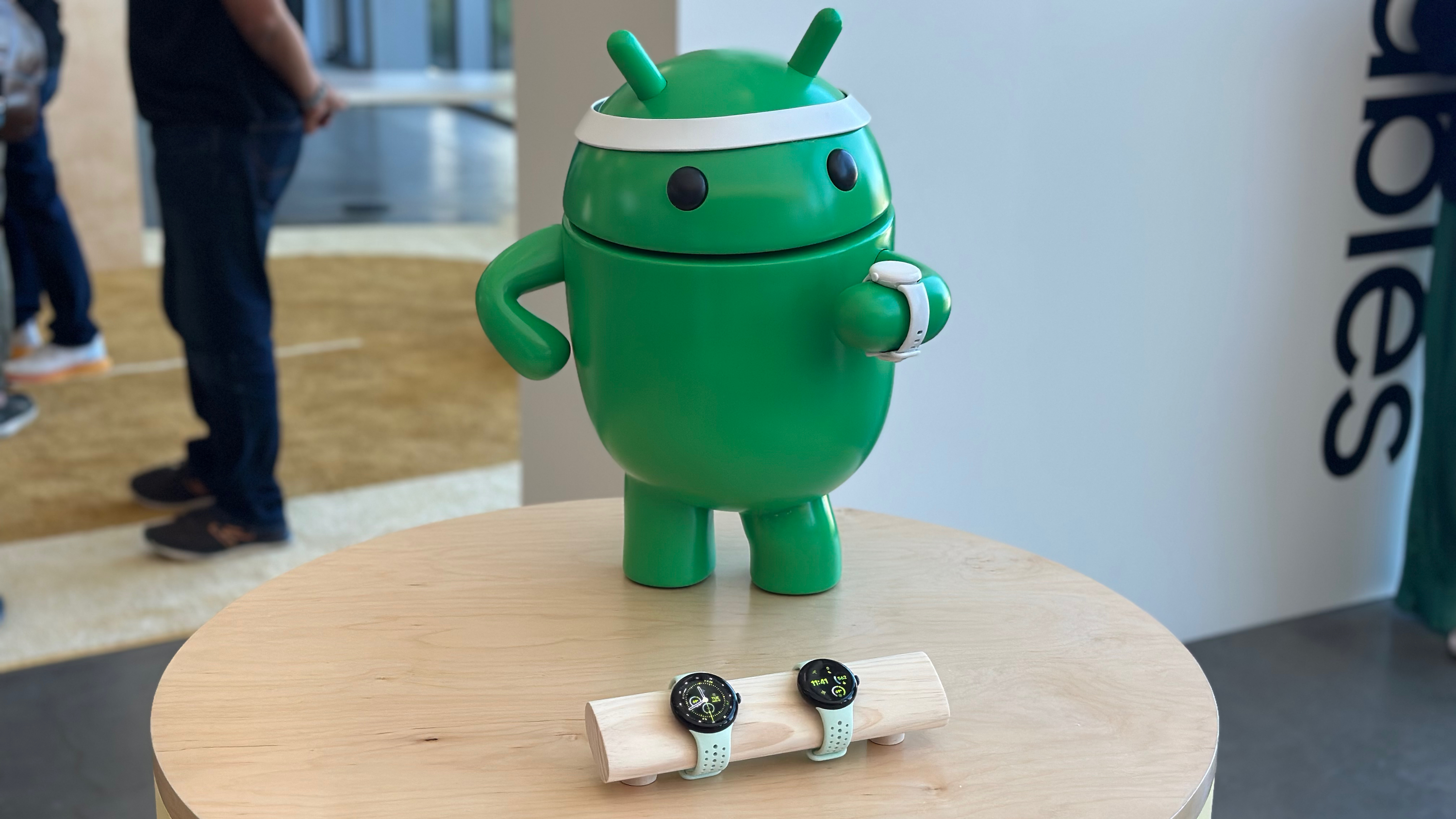
As a runner, I used to be thrilled by the Pixel Watch 3’s operating focus, because it added customizable exercises with intervals, Cardio Load and Target Load, operating type evaluation, and every day exercise suggestions — all consistent with Garmin Forerunner instruments. The Galaxy Watch 7 added dual-band Global Positioning System, delivering extra correct monitoring nearly on par with Garmin’s.
Overall, Wear OS has improved for runners, however there’s room to develop. Samsung has but to supply a coaching load function, falling behind Google and Apple in guiding runners’ long-term progress. And Google’s TL device lacks Garmin’s finesse as a result of it would not differentiate between low/ excessive cardio and anaerobic actions, which is the easiest way to enhance your VO2 Max.
Neither Samsung nor Google affords the operating energy metric to guage your real-time effort degree in powerful situations, a typical operating watch device. More particular to Garmin, Wear OS may use some sort of restoration estimate calculator for judging how a lot relaxation you want after a exercise or the Forerunner 965’s capability to chart your enchancment in Endurance or Hill scores over time.
Most merely, I’d wish to see Fitbit and Samsung Health allow you to observe your mileage for footwear and bikes so you recognize when it is time for a shoe or tire alternative.
Copy Garmin’s wheelchair mode
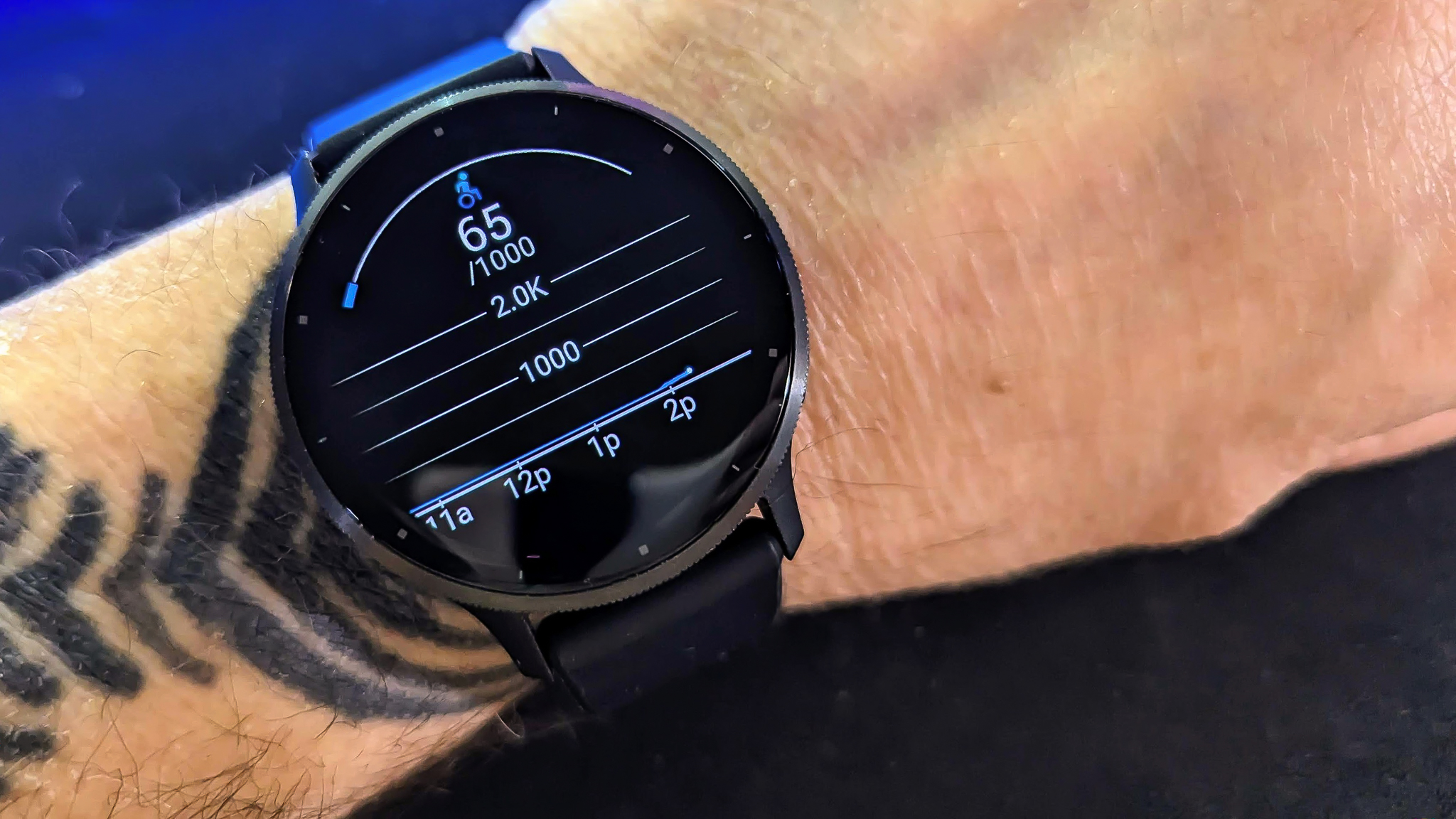
My colleague Jerry Hildenbrand wrote final yr about why the Garmin Venu 3’s wheelchair mode made a smartwatch extra viable for him than different manufacturers. It swaps out “steps” for “pushes,” however it’s greater than that: It focuses on “wheelchair physiology” to think about that your lowered muscle mass “restricts the utmost quantity of cardio power you possibly can produce” and that “higher physique train sometimes produces better physiological pressure than decrease physique train at related workloads.”
Garmin’s focus is laudable and uncommon; most different manufacturers, together with the Wear OS ones, have both perfunctory or nonexistent modes for wheelchair-bound of us and can fortunately encourage everybody to face up and transfer when some customers cannot. That’s why this Garmin function is one thing Wear OS wants to mimic.
In the tip, it is all about battery life
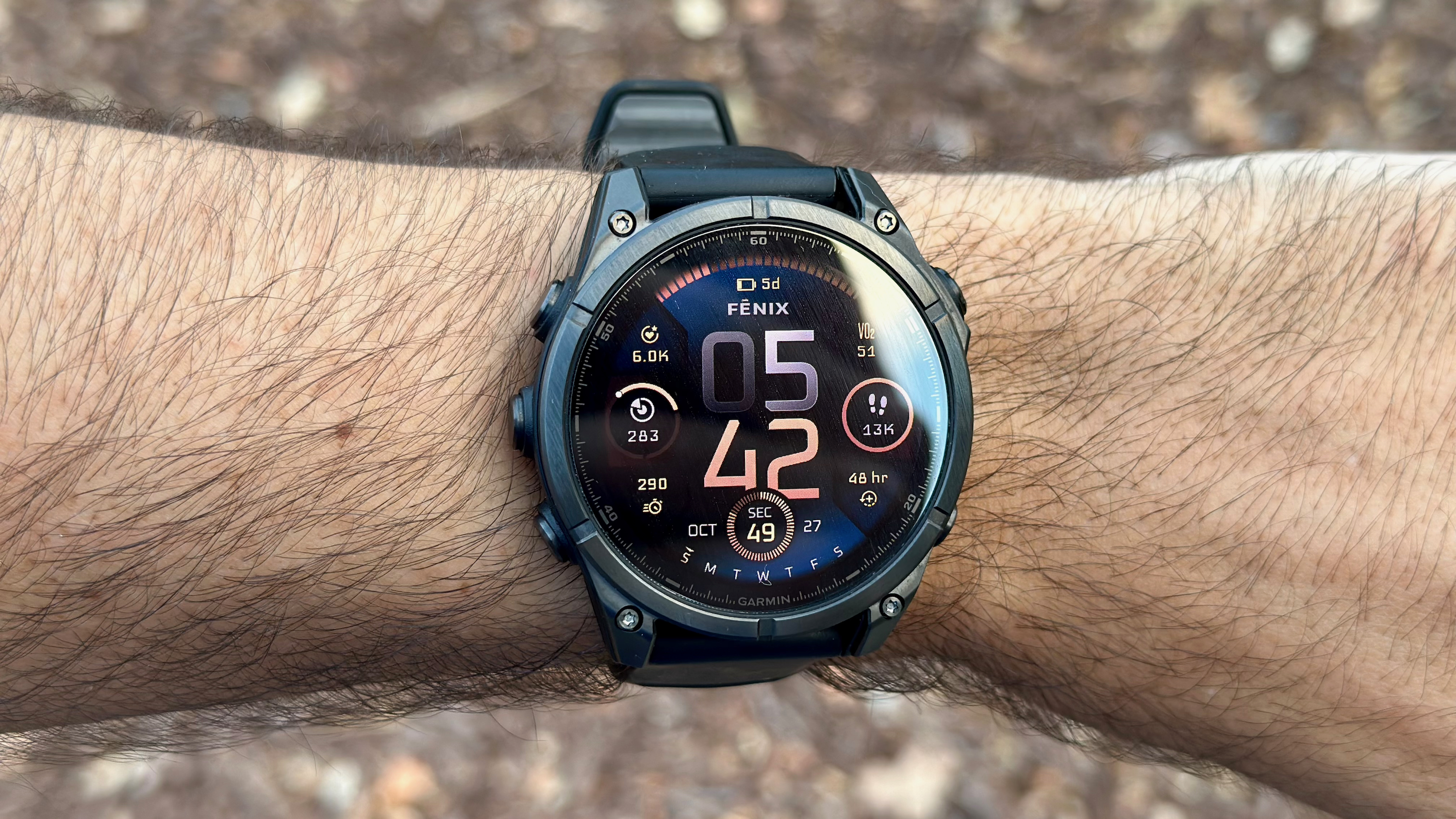
Google needed to invent a Hybrid Interface and make watch faces boringly low-powered simply to increase its Pixel Watch 3 battery life from one to 2 days, whereas the Galaxy Watch Ultra lasts three days. Meanwhile, nearly any non-Wear OS health watch can final per week, and Garmin watches final anyplace from weeks to months with photo voltaic recharging.
These watches use fundamental, low-powered chips that may’t deal with speedy apps; Wear OS is simply too demanding to final lengthy at full energy, particularly if it begins including Gemini methods. So loads of individuals decide an inexpensive, easy watch so they do not have to fret about charging it usually, and that is the most important hurdle Wear OS has to beat.
When I interviewed Qualcomm VP of Wearables Dino Bekis, he acknowledged this, saying the aim is to ship “per week’s value of battery life,” both with RISC-V or customized Oryon cores. I can solely assume that Google, their consumer, is asking for this battery improve to compete with health watches when it comes to their strengths.
If the {hardware} cannot ship a battery increase, then Wear OS wants to supply a greater Battery Saver mode, just like the one on the TicWatch Pro 5 Enduro that extends the lifespan to 45 days per cost — solely with out disabling all of the options that make individuals wish to put on a smartwatch within the first place. Because Garmin watches could not have apps, however they will nonetheless final a very long time with out slicing well being monitoring and background knowledge.
